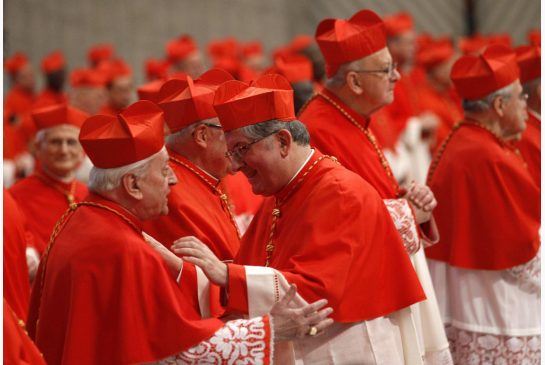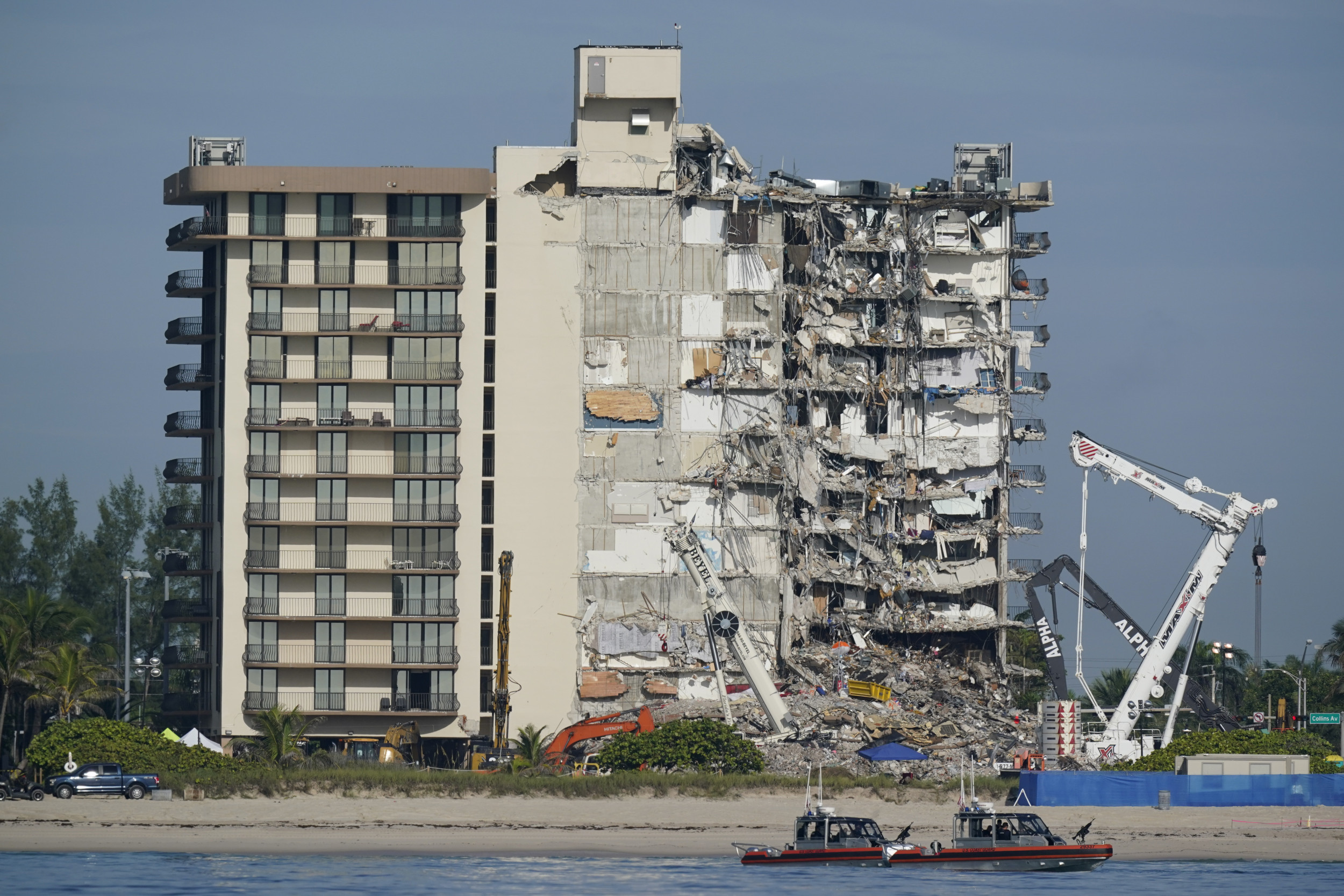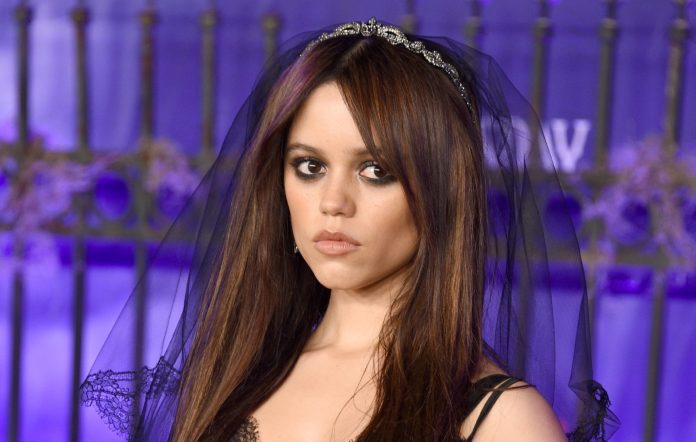A Deep Dive Into The Conclave: Electing The Head Of The Catholic Church

Table of Contents
The History and Evolution of the Conclave
The modern Conclave is the culmination of centuries of evolution. Early Papal elections were often tumultuous affairs, marked by bribery, violence, and prolonged power struggles. The process lacked formal structure, leading to chaotic and sometimes contested outcomes. The need for a more structured and less contentious election process became increasingly apparent.
-
Early Papal elections and their challenges: In the early centuries of the Church, the election of a new Pope was a largely informal process, often influenced by powerful factions within the Roman clergy and even secular rulers. This led to considerable instability and division within the Church.
-
The establishment of formal Conclave procedures: Over time, attempts were made to regulate the election process. The 12th and 13th centuries saw the gradual development of formal rules and regulations, aiming to reduce outside influence and ensure a more orderly election. These early attempts at regulation laid the groundwork for the modern Conclave.
-
Significant reforms throughout history (e.g., the 1975 Apostolic Constitution): The 1975 Apostolic Constitution Romano Pontifici Eligendo introduced significant changes, including reducing the required two-thirds majority for election and clarifying various procedures. This reform reflects the ongoing adaptation of the Conclave to the evolving needs of the Church.
-
The impact of technology on modern Conclaves: While maintaining its essential secrecy, the Conclave has been subtly impacted by modern technology. Secure communications and improved logistical arrangements contribute to a more efficient process. However, the fundamental principles of seclusion and prayer remain central to the process.
The Participants: Cardinals and Their Roles
The Conclave's participants are Cardinals, high-ranking officials within the Catholic Church. Their roles are multifaceted, but their primary function in the Conclave is the election of the next Pope.
-
Cardinal electors vs. non-elector Cardinals: Only Cardinals under the age of 80 are eligible to participate in the Conclave as electors. Cardinals over 80, while still holding significant influence within the Church, do not participate in the voting.
-
The significance of Cardinal age limits: The age limit ensures that the electors are relatively active and engaged in the contemporary challenges facing the Church. It prevents the election from being unduly influenced by those less familiar with current issues.
-
The role of the Cardinal Camerlengo during the sede vacante: During the sede vacante (period between the death or resignation of a Pope and the election of a successor), the Cardinal Camerlengo manages the affairs of the Holy See. He plays a vital role in preparing for the Conclave.
-
The importance of the College of Cardinals in maintaining Church governance: The College of Cardinals is a crucial body within the Catholic Church, responsible for advising and supporting the Pope. Their collective wisdom and experience are vital in guiding the Church's direction.
The Conclave Process: Steps and Procedures
The Conclave process is meticulously structured to ensure fairness, secrecy, and prayerful deliberation.
-
The sede vacante period and its implications: The period between the death or resignation of a Pope is a time of transition. During this time, the Church continues its functions under the guidance of the Cardinal Camerlengo.
-
The preparations leading up to the Conclave: This includes the gathering of the Cardinal electors in Rome, the securing of the Sistine Chapel, and the establishment of communication protocols.
-
The election process itself (scrutiny, ballots, etc.): The electors participate in multiple ballots until a two-thirds majority is reached. The process is characterized by strict secrecy and prayer.
-
The announcement of the new Pope (Habemus Papam!): The announcement of the new Pope, with the iconic phrase "Habemus Papam!" (We have a Pope!), signifies the culmination of the Conclave.
-
The post-election ceremonies and procedures: Following the election, the new Pope undergoes various ceremonies, including the installation and the first Papal Mass.
The Significance of the Conclave in the 21st Century
The Conclave’s significance in the 21st century is magnified by the challenges and complexities facing the Catholic Church.
-
The growing influence of different global regions in the Church: The Church is a truly global institution, and the Conclave reflects this increasing diversity. The election of a Pope often reflects the evolving geographic and cultural landscape of Catholicism.
-
The challenges of maintaining unity within the Church: Internal divisions and challenges to Church doctrine pose significant challenges. The Conclave plays a critical role in choosing a leader who can foster unity and address these issues.
-
The importance of electing a Pope who can address modern issues: Contemporary issues like climate change, poverty, and social justice require a leader who can effectively address these concerns. The Conclave must consider these factors when selecting a new Pope.
-
The role of the media and public opinion: The media plays a significant role in reporting on the Conclave, shaping public opinion and providing global coverage. While maintaining its inherent secrecy, the Conclave is inevitably impacted by this scrutiny.
Conclusion
This deep dive into the Conclave has revealed the complex and fascinating process behind electing the head of the Catholic Church. From its historical roots to its modern-day procedures, the Conclave remains a pivotal event with global ramifications. Understanding the Conclave allows for a better comprehension of the Catholic Church’s structure, traditions, and its ongoing role in the world.
Call to Action: Want to further explore the intricacies of Papal elections and the history of the Conclave? Continue your research by exploring reputable sources on the Vatican website and other scholarly publications on the Conclave. Learn more about the vital role of the Conclave in shaping the future of the Catholic Church.

Featured Posts
-
 Millions In Losses Federal Probe Into Executive Office365 Account Breaches
May 07, 2025
Millions In Losses Federal Probe Into Executive Office365 Account Breaches
May 07, 2025 -
 El Torneo De Simone Biles El Triunfo De Las Gimnastas Laguneras
May 07, 2025
El Torneo De Simone Biles El Triunfo De Las Gimnastas Laguneras
May 07, 2025 -
 Analyzing Jenna Ortegas Success In The Horror Genre
May 07, 2025
Analyzing Jenna Ortegas Success In The Horror Genre
May 07, 2025 -
 Next Gen Gaming The Best Ps 5 Pro Enhanced Exclusive Games
May 07, 2025
Next Gen Gaming The Best Ps 5 Pro Enhanced Exclusive Games
May 07, 2025 -
 Rihannas Savage X Fenty Wedding Night Lingerie Campaign
May 07, 2025
Rihannas Savage X Fenty Wedding Night Lingerie Campaign
May 07, 2025
